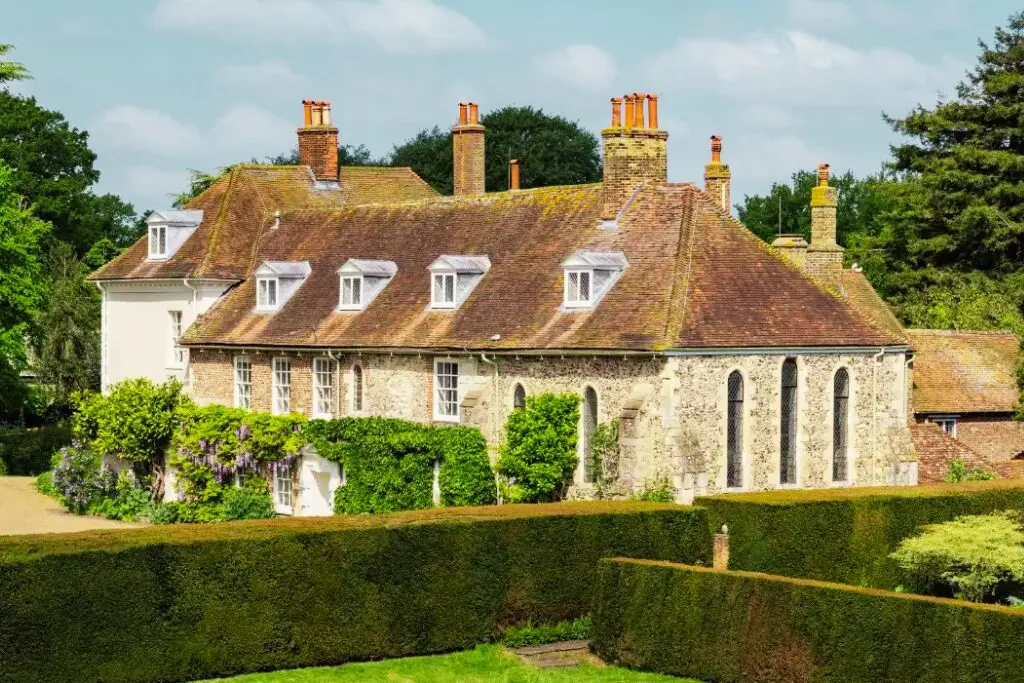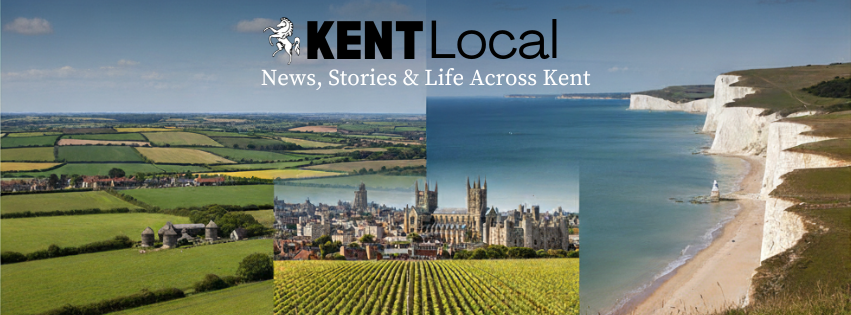
St John’s Jerusalem, a mediaeval manor house near Farningham, has been offered for sale. This historic Kent property holds centuries of ties to the Knights Hospitaller. It is a Grade II* listed building and part of the National Trust’s portfolio. The sale involves a long-term lease: 97 years remain on its original 125-year term. Prospective buyers can expect a guide price of around £3.25 million.
Ancient Roots
The manor’s story began in 1199. That year, it was established as a crucial preceptory for the Knights Hospitaller of the Order of Saint John of Jerusalem. This ancient military and monastic order gained fame for its charitable work. They also played a significant role during the Crusades. Across Europe, the order managed vast landholdings. These funded their various missions, which included caring for pilgrims and the wounded.
The oldest surviving parts of the manor were built around 1234. This includes its 13th-century chapel. Historical records even suggest King Henry III supported its construction. He ordered five oak trees from Tonbridge Forest for the chapel. This highlights the site’s importance even in its early years.
By 1388, St John’s Jerusalem was no longer a direct preceptory. It transitioned into a private residence. Over succeeding centuries, different notable figures resided there. Each left their own mark on the property and its grounds.
Abraham Hill, a co-founder of the Royal Society, lived at the manor between 1667 and 1721. He famously established an orchard on the estate in 1670. His efforts introduced new apple and pear varieties to the region from Herefordshire and Devon. This influenced local cidermaking and helped establish varieties like the Kentish Pippin.
Later, from 1755, Edward Hasted called the manor home. Hasted was a renowned county historian of Kent. His substantial spending on the property is well-documented. Many believe this excessive expenditure contributed to his eventual bankruptcy in 1796. This led to a five-year term of imprisonment for Hasted.
The National Trust’s Role
Sir Stephen Tallents gifted the estate to the National Trust in 1943. This marked a new chapter for St John’s Jerusalem. This pivotal donation ensured the manor’s future preservation. It secured its historical and architectural integrity for future generations.
The main house currently operates as a private residence under its existing lease. However, the 13th-century chapel and the quiet, moated gardens are open to the public on specific days. These typically include Wednesday afternoons from April to October. This arrangement allows visitors to connect with the manor’s rich past. At the same time, it respects the privacy of its current inhabitants.
Estate Features
The estate spans approximately 24 acres. This includes both well-maintained gardens and parkland. A distinctive, ancient moat is a key feature, dating back to the 13th century. It encircles an artificial island. This moat is naturally fed by a section of the River Darent, flowing northwards through the property.
The grounds also feature a notable Cedar of Lebanon tree. There are various formal and informal garden areas as well. An orchard pays homage to Abraham Hill’s historic plantings.
A Grade II listed 19th-century brick footbridge provides access to the island. This is one of three bridges crossing the moat. The property also includes a separate two-bedroom lodge cottage and a former deer park. These elements add to its extensive footprint and rural charm.
The Leasehold Opportunity
Strutt & Parker, property specialists, are managing the current sale. It represents the remaining term of a 125-year National Trust lease. This lease began in 1997. Under this leasehold structure, the purchaser gains significant rights of occupation. They also become responsible for maintaining this historic site.
Crucially, the underlying freehold title remains with the National Trust. This custodianship ensures any future alterations or developments meet rigorous conservation standards. It safeguards the integrity of a Scheduled Ancient Monument.
Edward Church, a real estate agent involved in the sale, commented on its unique nature. “It’s highly unusual for a property of this calibre, under National Trust protection, to come to the market,” Church stated. “It provides a rare chance for a buyer to become a custodian of a significant piece of English history.”
The manor’s long history of occupancy further adds to its distinct allure. Various royal favourites and influential figures have resided there. These include John de Pulteney and Thomas Cromwell.
An Enduring Legacy
St John’s Jerusalem stands as a powerful symbol of England’s mediaeval past. It also represents architectural evolution. Its journey has been remarkable: from a commandery of crusading knights to a private residence, then ultimately to a protected National Trust property with public access. This illustrates centuries of profound historical and social change.
The current leasehold opportunity offers a chance to inhabit and contribute to the ongoing story of a historically significant estate. All this happens while benefiting from the expert oversight of one of the UK’s leading heritage organisations.


